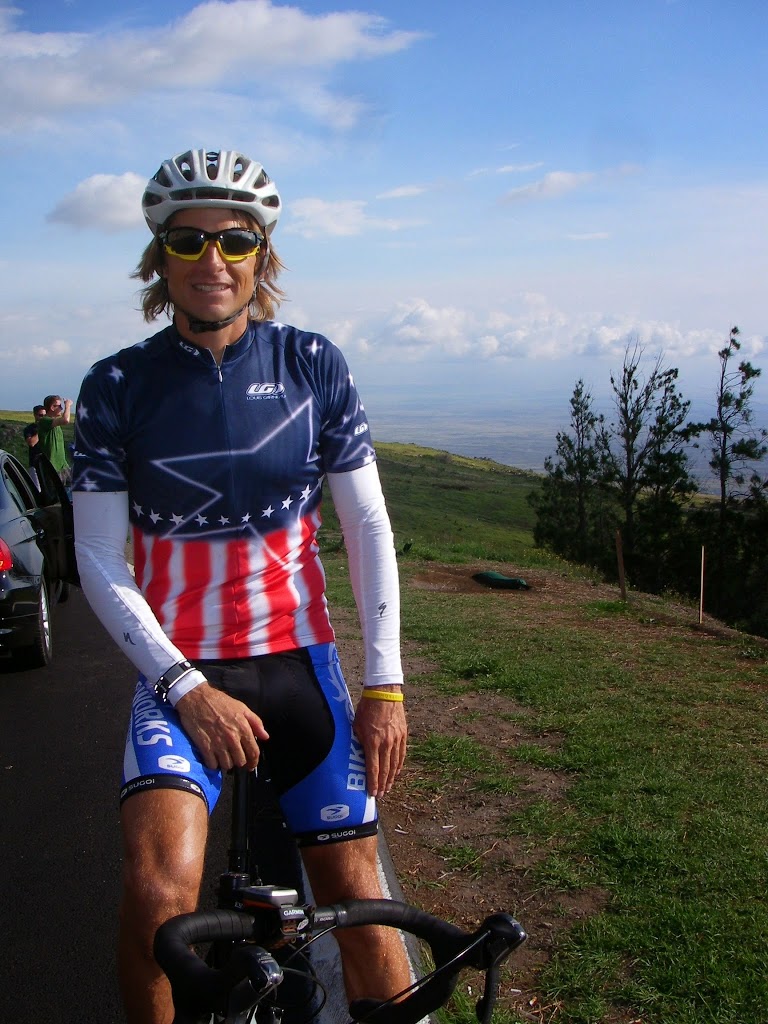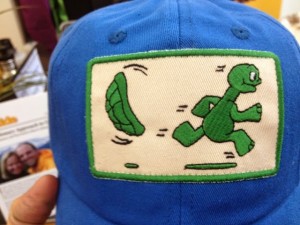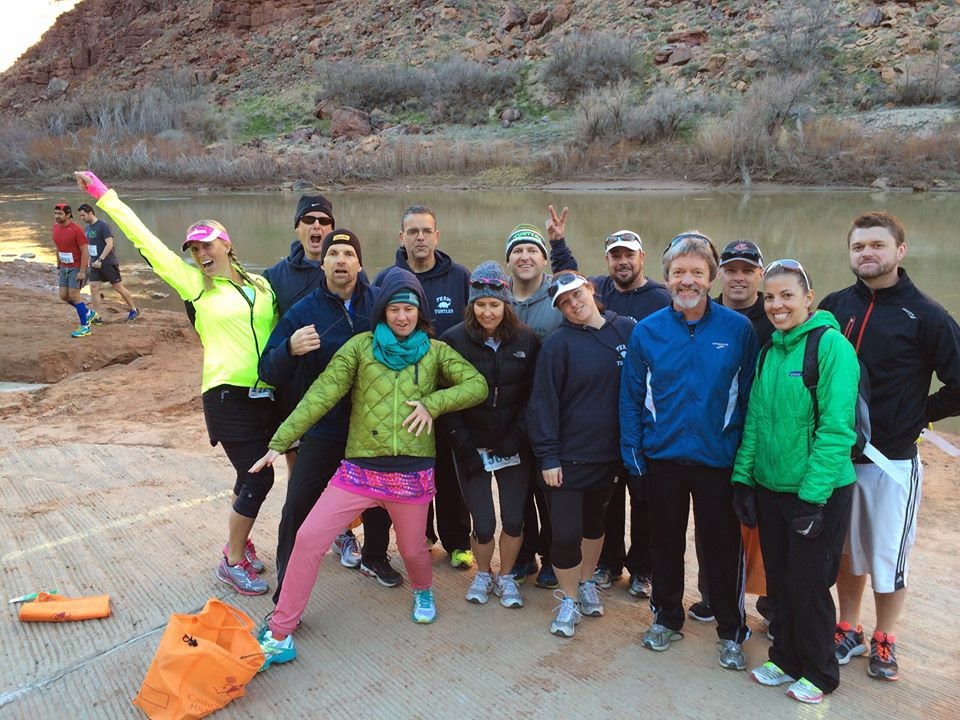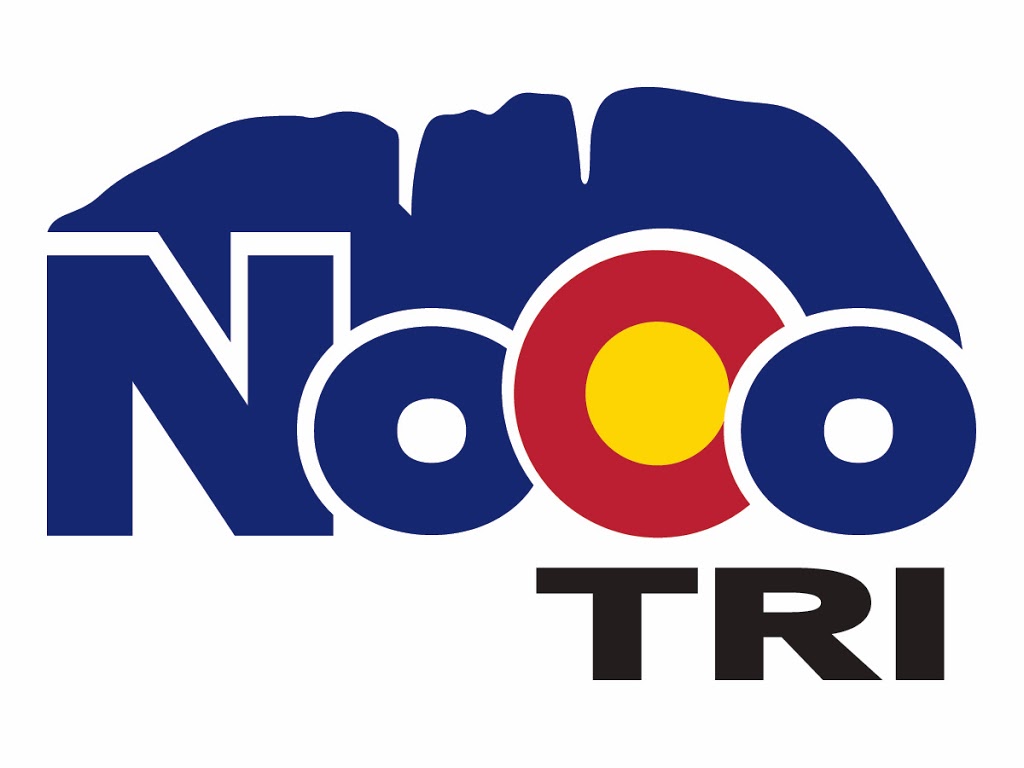A month ago, I posted one of my favorite Ironman swim training sets and had a few people ask me what they could do to prepare for a 1/2 Ironman swim distance. The 1/2 Ironman distance is a little over 2100 yards or 1900 meters. Specificity of training is key, so it is important to do broken swims at or near race pace with some rest from time to time. If you can not swim race speed with rest, it is going to be VERY difficult to swim it with no rest.
Strong, but in control:
6 x 50 on short rest interval :05-10 sec. This helps simulate the beginning chaos of the race. Arms flailing around you, feet kicking, bodies pressed together. Best to get a little uncomfortable in practice with these 50's so race day will be less challenging. Think of swimming these 50's as a strong, broken 300 and that will allow you be consistent and not over achieve too soon.
Settling in:
3 x 300 @ :20 sec rest steady pace. Not a lot of rest, but enough to keep your swim speed honest. Try not to slow down too much from the initial swim speed of the 6 x 50's. So, if your 50's above were :40 seconds then you should aim for 300's around 4:05-4:10
Stay settled or pick it up:
3 x 200 (2 x 200 if Meters) @ :20 sec rest. Here is where you need to decide, do I stay on these feet I am drafting or possibly make and effort to pass and/or find feet moving slightly faster. By practicing this in training you will have a pretty good idea in a race at this point what you should do. So keep the pace the same as the 300's or pick it up 1-2 seconds per 100.
Finish strong:
6 x 50 on short rest interval :05-10 sec Graduay build the legs and hold on to your stroke biomechanics This will help minimize your chances of falling down when it is time to stand up and run to T1 and help the legs prepare for the bike.
A set like this could be done once every 2-3 weeks to help measure if you are improving and also dial in your swimming pace. Perception and reality are often two different things. For example if you are good on the 50's but fade on the 300's, chances are you went out too fast. If you get through the 300's knowing you can swim faster, you are in a good place and should be able to hold pace on the 200's or slightly faster.
Train Smart, Race Fast
Coach Eric












